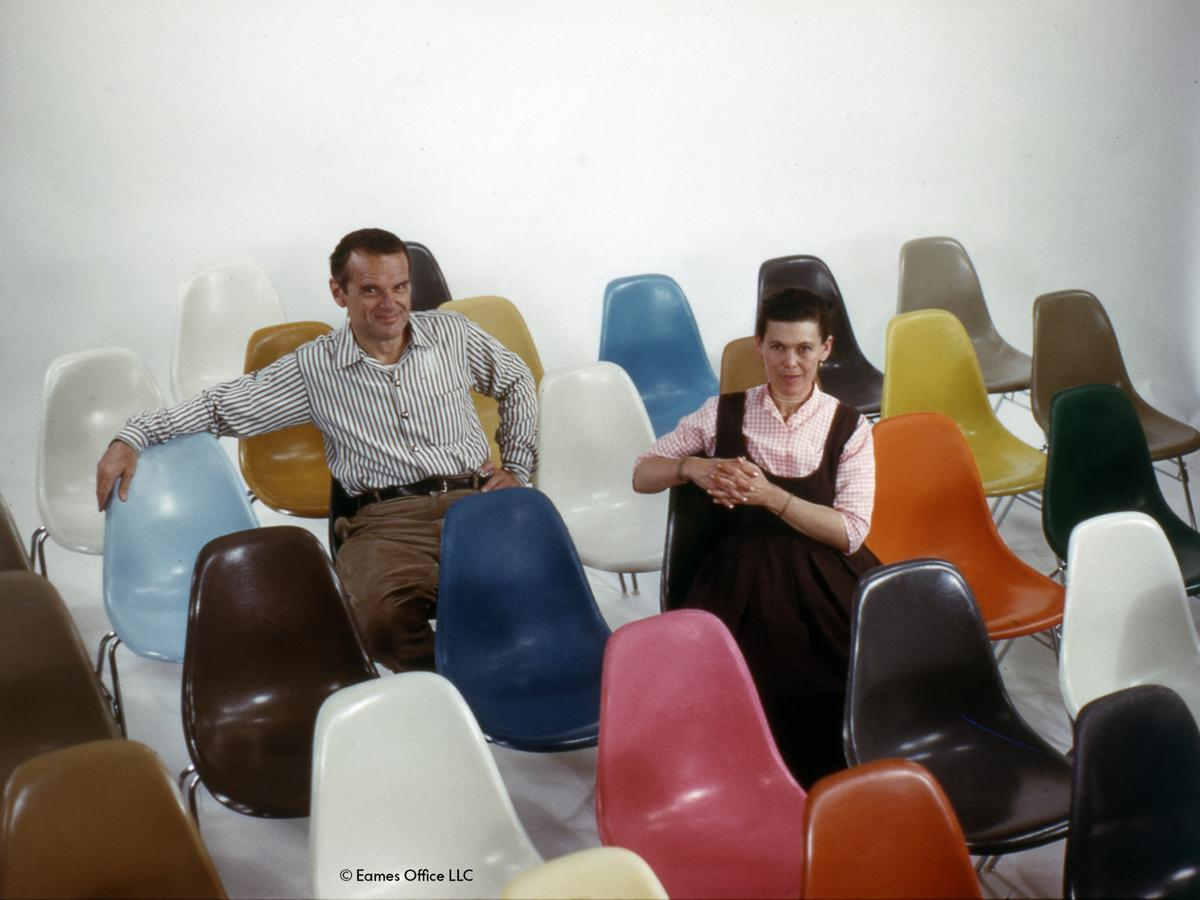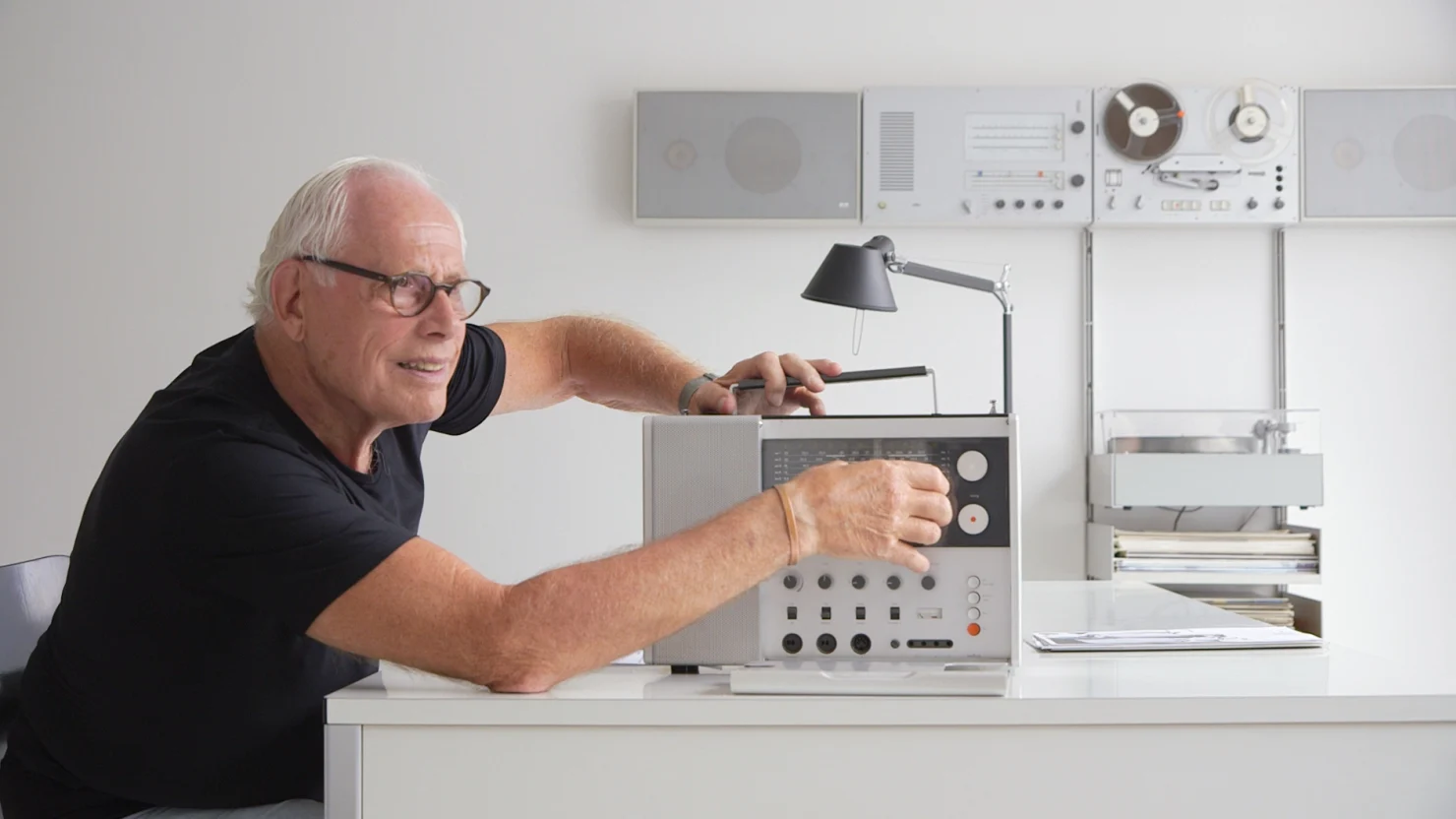So how do we break down these silos and foster true interdisciplinary collaboration? It starts with empathy, clear communication, and a shared vision. It requires an understanding that the best solutions are rarely created in isolation and that bringing together different perspectives strengthens rather than weakens the design process. True collaboration is about more than just meetings and project management tools—it’s about building relationships that enable a free flow of ideas between disciplines.

Great design doesn’t live in a vacuum—it thrives in collaboration.”
Product managers serve as the bridge between business objectives, design vision, and technical feasibility. Yet, all too often, design work runs ahead of the product roadmap, resulting in rework and misalignment. The challenge lies in ensuring that design thinking informs product strategy rather than being treated as a decorative layer applied at the end. A collaborative roadmap that includes designers in planning discussions ensures that user experience considerations are not sacrificed for the sake of tight deadlines or shifting priorities. Cross-disciplinary rituals like backlog refinement sessions, where designers contribute to prioritisation discussions, help maintain alignment and prevent last-minute compromises. Regular design critiques that involve product managers foster a shared sense of responsibility for the end product rather than viewing design as a separate, isolated discipline.

Deiter Rams tinkering with products at his home in Kronberg from the film “Rams”, 2018 by Gary Hustwit
When cross-disciplinary teams share a vision, silos crumble and innovation thrives.”
Breaking down silos isn’t about forcing different disciplines to work together; it’s about fostering an environment where collaboration is natural, frictionless, and mutually beneficial. It requires a shift in mindset—viewing developers, product managers, and stakeholders as partners rather than roadblocks. The best user experiences are not the result of a single brilliant mind but rather the collective intelligence of teams that embrace diverse perspectives and work in unison. True collaboration means moving beyond simple communication and into deep understanding, where each discipline appreciates the contributions of the others and works toward solutions that elevate the entire product, not just individual components. When silos crumble, the result is not just a better product—it’s a better way of working.
Resources
“The Design of Everyday Things” by Don Norman
A must-read on usability and how design aligns with human behaviour.
“Change by Design” by Tim Brown
Explores how design thinking fosters innovation across disciplines.
“Seductive Interaction Design” by Stephen Anderson
Examines the balance between aesthetics, usability, and business goals.
“Make It So: Interaction Design Lessons from Science Fiction” by Nathan Shedroff & Christopher Noessel
A unique take on how interdisciplinary thinking shapes technology.
“Good Services” by Lou Downe
A practical guide to designing seamless services across teams.

0 Comments